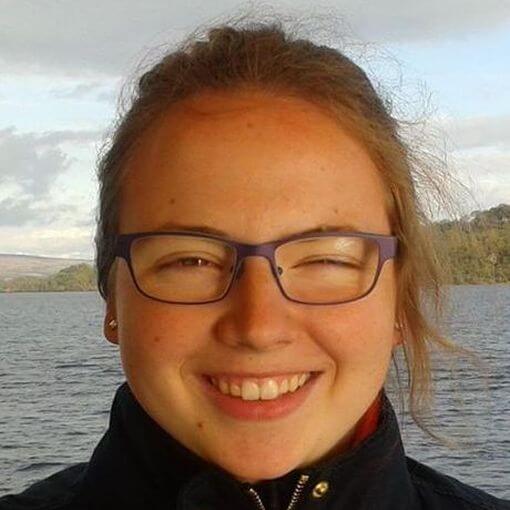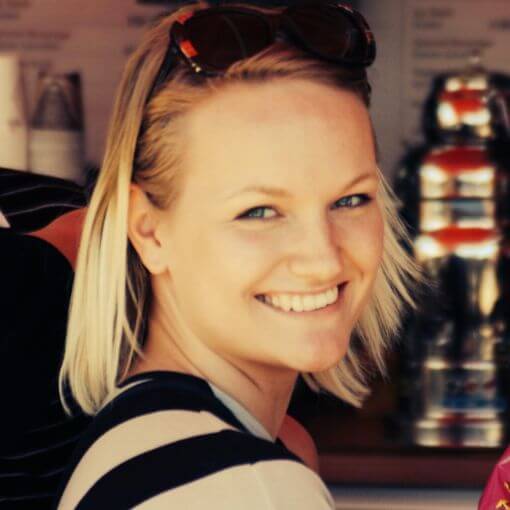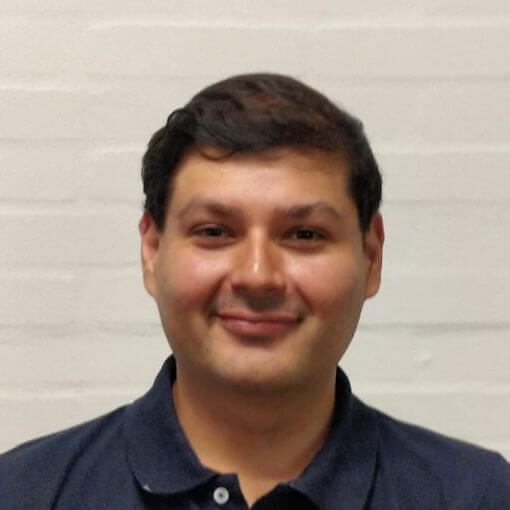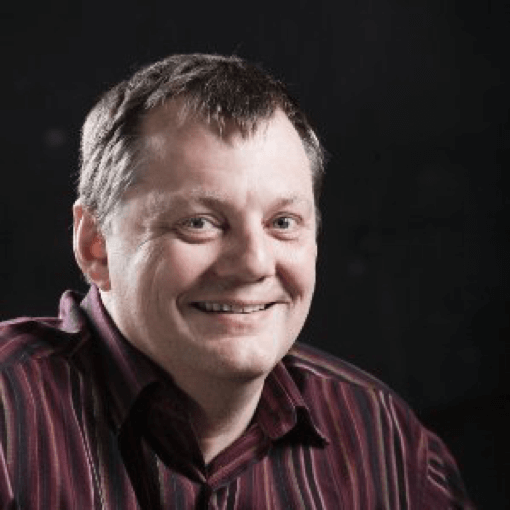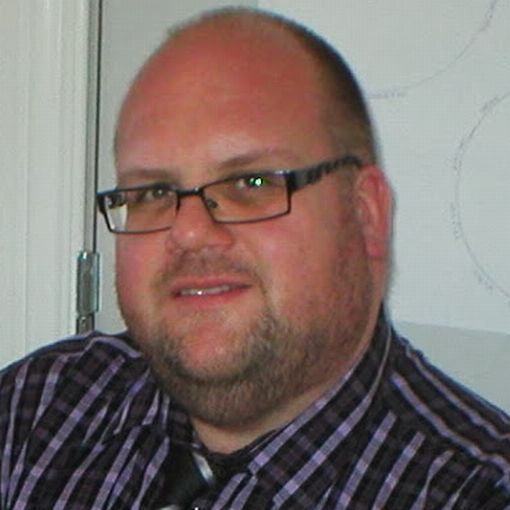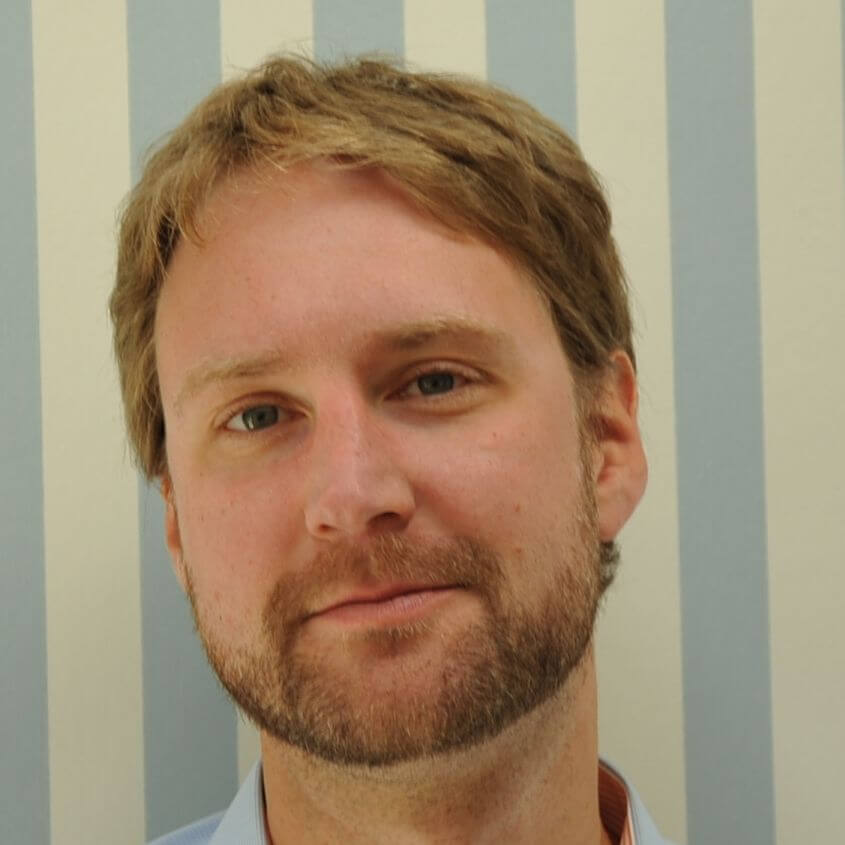Work areas
Validation of new strategies

The purpose of this work is to assess whether better outcomes and higher satisfaction may be achieved using the revised and extended hearing profiling and fitting strategy, developed as part of the projects initial phase. A number of users will be subjected to the revised protocol, where the profiling and hearing aid fitting may be partly experimental, and with possible further tests to illuminate potential improvements in outcome. The work will contribute to mapping the potential advantage of additional measurements, and provide a basis for future prioritizations.
People
Odense University Hospital
Odense University Hospital
Aalborg University Hospital
Aalborg University
University of Southern Denmark
FORCE Technology
FORCE Technology
Oticon
GN Resound
WSAudiology
Resources
Publications
2024 |
Cañete, Oscar M; Loquet, Gérard; Sanchez-Lopez, Raul; Hougaard, Dan Dupont; Schnack-Petersen, Rikke; Gaihede, Michael; Schmidt, Jesper H; Hammershøi, Dorte; Neher, Tobias Auditory Profile-Based Hearing Aid Fitting: Self-Reported Benefit for First-Time Hearing Aid Users Journal Article Audiological Research, 14 (1), pp. 183-195, 2024. @article{AdiolRes2024, title = {Auditory Profile-Based Hearing Aid Fitting: Self-Reported Benefit for First-Time Hearing Aid Users}, author = {Oscar M Cañete and Gérard Loquet and Raul Sanchez-Lopez and Dan Dupont Hougaard and Rikke Schnack-Petersen and Michael Gaihede and Jesper H Schmidt and Dorte Hammershøi and Tobias Neher}, url = {https://www.mdpi.com/2039-4349/14/1/17}, doi = {10.3390/audiolres14010017}, year = {2024}, date = {2024-02-08}, journal = {Audiological Research}, volume = {14}, number = {1}, pages = {183-195}, abstract = {Background: Although hearing aids (HAs) can compensate for reduced audibility, functional outcomes and benefits vary widely across individuals. As part of the Danish ‘Better hEAring Rehabilitation’ (BEAR) project, four distinct auditory profiles differing in terms of audiometric thresholds and supra-threshold hearing abilities were recently identified. Additionally, profile-specific HA-fitting strategies were proposed. The aim of the current study was to evaluate the self-reported benefit of these profile-based HA fittings in a group of new HA users. Methods: A total of 205 hearing-impaired older adults were recruited from two Danish university hospitals. Participants were randomly allocated to one of two treatment groups: (1) NAL-NL2 gain prescription combined with default advanced feature settings (‘reference fitting’) or (2) auditory profile-based fitting with tailored gain prescription and advanced feature settings (‘BEAR fitting’). Two months after treatment, the participants completed the benefit version of the short form of the Speech, Spatial, and Qualities of Hearing Scale (SSQ12-B) and the International Outcome Inventory for Hearing Aids (IOI-HA) questionnaire. Results: Overall, participants reported a clear benefit from HA treatment. However, no significant differences in the SSQ12-B or IOI-HA scores between the reference and BEAR fittings were found. Conclusion: First-time users experience clear benefits from HA treatment. Auditory profile-based HA fitting warrants further investigation.}, keywords = {}, pubstate = {published}, tppubtype = {article} } Background: Although hearing aids (HAs) can compensate for reduced audibility, functional outcomes and benefits vary widely across individuals. As part of the Danish ‘Better hEAring Rehabilitation’ (BEAR) project, four distinct auditory profiles differing in terms of audiometric thresholds and supra-threshold hearing abilities were recently identified. Additionally, profile-specific HA-fitting strategies were proposed. The aim of the current study was to evaluate the self-reported benefit of these profile-based HA fittings in a group of new HA users. Methods: A total of 205 hearing-impaired older adults were recruited from two Danish university hospitals. Participants were randomly allocated to one of two treatment groups: (1) NAL-NL2 gain prescription combined with default advanced feature settings (‘reference fitting’) or (2) auditory profile-based fitting with tailored gain prescription and advanced feature settings (‘BEAR fitting’). Two months after treatment, the participants completed the benefit version of the short form of the Speech, Spatial, and Qualities of Hearing Scale (SSQ12-B) and the International Outcome Inventory for Hearing Aids (IOI-HA) questionnaire. Results: Overall, participants reported a clear benefit from HA treatment. However, no significant differences in the SSQ12-B or IOI-HA scores between the reference and BEAR fittings were found. Conclusion: First-time users experience clear benefits from HA treatment. Auditory profile-based HA fitting warrants further investigation. |
2022 |
Sanchez-Lopez, Raul; Wu, Mengfan; Fereczkowski, Michal; Santurette, Sébastien; Baumann, Monika; Kowalewski, Borys; Piechowiak, Tobias; Bisgaard, Nikolai; Ravn, Gert; Narayanan, Sreeram Kaithali; Dau, Torsten; Neher, Tobias Towards Auditory Profile-Based Hearing-Aid Fittings: BEAR Rationale and Clinical Implementation Journal Article Audiological Research, 12 (5), pp. 564-573, 2022. @article{AudRes2022a, title = {Towards Auditory Profile-Based Hearing-Aid Fittings: BEAR Rationale and Clinical Implementation}, author = {Raul Sanchez-Lopez and Mengfan Wu and Michal Fereczkowski and Sébastien Santurette and Monika Baumann and Borys Kowalewski and Tobias Piechowiak and Nikolai Bisgaard and Gert Ravn and Sreeram Kaithali Narayanan and Torsten Dau and Tobias Neher}, url = {https://doi.org/10.3390/audiolres12050055}, doi = {10.3390/audiolres12050055}, year = {2022}, date = {2022-10-09}, journal = {Audiological Research}, volume = {12}, number = {5}, pages = {564-573}, abstract = {(1) Background: To improve hearing-aid rehabilitation, the Danish ‘Better hEAring Rehabilitation’ (BEAR) project recently developed methods for individual hearing loss characterization and hearing-aid fitting. Four auditory profiles differing in terms of audiometric hearing loss and supra-threshold hearing abilities were identified. To enable auditory profile-based hearing-aid treatment, a fitting rationale leveraging differences in gain prescription and signal-to- noise (SNR) improvement was developed. This report describes the translation of this rationale to clinical devices supplied by three industrial partners. (2) Methods: Regarding the SNR improvement, advanced feature settings were proposed and verified based on free-field measurements made with an acoustic mannikin fitted with the different hearing aids. Regarding the gain prescription, a clinically feasible fitting tool and procedure based on real-ear gain adjustments were developed. (3) Results: Analyses of the collected real-ear gain and SNR improvement data confirmed the feasibility of the clinical implementation. Differences between the auditory profile-based fitting strategy and a current ‘best practice’ procedure based on the NAL- NL2 fitting rule were verified and are discussed in terms of limitations and future perspectives. (4) Conclusion: Based on a joint effort from academic and industrial partners, the BEAR fitting rationale was transferred to commercially available hearing aids.}, keywords = {}, pubstate = {published}, tppubtype = {article} } (1) Background: To improve hearing-aid rehabilitation, the Danish ‘Better hEAring Rehabilitation’ (BEAR) project recently developed methods for individual hearing loss characterization and hearing-aid fitting. Four auditory profiles differing in terms of audiometric hearing loss and supra-threshold hearing abilities were identified. To enable auditory profile-based hearing-aid treatment, a fitting rationale leveraging differences in gain prescription and signal-to- noise (SNR) improvement was developed. This report describes the translation of this rationale to clinical devices supplied by three industrial partners. (2) Methods: Regarding the SNR improvement, advanced feature settings were proposed and verified based on free-field measurements made with an acoustic mannikin fitted with the different hearing aids. Regarding the gain prescription, a clinically feasible fitting tool and procedure based on real-ear gain adjustments were developed. (3) Results: Analyses of the collected real-ear gain and SNR improvement data confirmed the feasibility of the clinical implementation. Differences between the auditory profile-based fitting strategy and a current ‘best practice’ procedure based on the NAL- NL2 fitting rule were verified and are discussed in terms of limitations and future perspectives. (4) Conclusion: Based on a joint effort from academic and industrial partners, the BEAR fitting rationale was transferred to commercially available hearing aids. |
Other
2023 |
Neher, Tobias Auditory profiling and hearing aid benefit: How measures beyond the audiogram may improve the provision and fitting of hearing aids Conference 16th Congress of the European Federation of Audiology Societies, (0238), European Federation of Audiology Societies 2023. @conference{EFAS0238TN, title = {Auditory profiling and hearing aid benefit: How measures beyond the audiogram may improve the provision and fitting of hearing aids}, author = {Tobias Neher}, year = {2023}, date = {2023-05-06}, booktitle = {16th Congress of the European Federation of Audiology Societies}, number = {0238}, organization = {European Federation of Audiology Societies}, keywords = {}, pubstate = {published}, tppubtype = {conference} } |
2022 |
Wu, Mengfan Revisiting auditory profiling: Can cognitive factors improve the prediction of aided speech-in-noise outcome? Conference Nordisk Audiologisk Selskabs bi-annual meeting (Book of Abstracts),, Nordisk Audiologisk Selskab 2022. @conference{MW2023, title = {Revisiting auditory profiling: Can cognitive factors improve the prediction of aided speech-in-noise outcome?}, author = {Mengfan Wu}, year = {2022}, date = {2022-06-01}, booktitle = {Nordisk Audiologisk Selskabs bi-annual meeting (Book of Abstracts),}, organization = {Nordisk Audiologisk Selskab}, keywords = {}, pubstate = {published}, tppubtype = {conference} } |
Neher, Tobias Towards auditory profile-based hearing-aid fittings: Insights from the BEAR project Conference Nordisk Audiologisk Selskabs bi-annual meeting (Book of Abstracts), Nordisk Audiologisk Selskab Nordisk Audiologisk Selskab, 2022. @conference{TNNAS2023, title = {Towards auditory profile-based hearing-aid fittings: Insights from the BEAR project}, author = {Tobias Neher}, year = {2022}, date = {2022-06-01}, booktitle = {Nordisk Audiologisk Selskabs bi-annual meeting (Book of Abstracts)}, publisher = {Nordisk Audiologisk Selskab}, organization = {Nordisk Audiologisk Selskab}, keywords = {}, pubstate = {published}, tppubtype = {conference} } |
Wu, Mengfan; Cañete, Oscar; Schmidt, Jesper Hvass Influence of three auditory profiles on aided speech perception in different noise scenarios Conference Speech in Noise Workshop, (P17), 2022. @conference{2023SPINWU, title = {Influence of three auditory profiles on aided speech perception in different noise scenarios}, author = {Mengfan Wu and Oscar Cañete and Jesper Hvass Schmidt}, url = {https://2022.speech-in-noise.eu/?p=programme}, year = {2022}, date = {2022-01-21}, booktitle = {Speech in Noise Workshop}, number = {P17}, keywords = {}, pubstate = {published}, tppubtype = {conference} } |
2021 |
Cañete, Oscar M; Stubberup, Amalie T; Petersen, Lotte S E; Sánchez, Raul; Nielsen, Jens Bo; Lund, Katja; Ordoñez, Rodrigo; Schmidt, Jesper H; Hougaard, Dan Dupont; Schnack-Petersen, Rikke; Gaihede, Michael; Hammershøi, Dorte; Loquet, Gérard Clinical implementation of the Better hEAring Rehabilitation (BEAR) new strategies to improve hearing aid fitting process Inproceedings Oral presentation at the International Symposium on Auditory and Audiological Research: Vol 8: The Auditory System Throughout Life – Models, Mechanisms, and Interventions, 2021. @inproceedings{oscar_ISAAR2021, title = {Clinical implementation of the Better hEAring Rehabilitation (BEAR) new strategies to improve hearing aid fitting process}, author = {Oscar M Cañete and Amalie T. Stubberup and Lotte S. E. Petersen and Raul Sánchez and Jens Bo Nielsen and Katja Lund and Rodrigo Ordoñez and Jesper H Schmidt and Dan Dupont Hougaard and Rikke Schnack-Petersen and Michael Gaihede and Dorte Hammershøi and Gérard Loquet}, url = {https://isaar.eu/wp-content/uploads/2021/08/Programme-book-ISAAR-2021.pdf}, year = {2021}, date = {2021-08-23}, booktitle = {Oral presentation at the International Symposium on Auditory and Audiological Research: Vol 8: The Auditory System Throughout Life – Models, Mechanisms, and Interventions}, keywords = {}, pubstate = {published}, tppubtype = {inproceedings} } |
Ordoñez, Rodrigo; Lund, Katja; Nielsen, Jens Bo; Rye, Palle; Cañete, Oscar M; Stubberup, Amalie T; Petersen, Lotte S E; Schmidt, Jesper H; Hougaard, Dan Dupont; Gaihede, Michael; Loquet, Gérard; Hammershøi, Dorte Probing first-fit experiences in adult new hearing aid users Inproceedings Oral presentation at the International Symposium on Auditory and Audiological Research: Vol 8: The Auditory System Throughout Life – Models, Mechanisms, and Interventions, 2021, 2021. @inproceedings{katja_ISAAR2021, title = {Probing first-fit experiences in adult new hearing aid users}, author = {Rodrigo Ordoñez and Katja Lund and Jens Bo Nielsen and Palle Rye and Oscar M Cañete and Amalie T. Stubberup and Lotte S. E. Petersen and Jesper H Schmidt and Dan Dupont Hougaard and Michael Gaihede and Gérard Loquet and Dorte Hammershøi}, url = {https://isaar.eu/wp-content/uploads/2021/08/Programme-book-ISAAR-2021.pdf}, year = {2021}, date = {2021-08-23}, booktitle = {Oral presentation at the International Symposium on Auditory and Audiological Research: Vol 8: The Auditory System Throughout Life – Models, Mechanisms, and Interventions, 2021}, keywords = {}, pubstate = {published}, tppubtype = {inproceedings} } |
University Hospitals
Odense University Hospital
Rikke Schnack-Petersen
rikke.schnack-petersen@rsyd.dk
Aalborg University Hospital
Michael Gaihede
mlg@rn.dk
Copenhagen University Hospital
Jesper Borchorst Yde
jesper.borchorst.yde.01@regionh.dk
Academia
University of Southen Denmark
Jesper Hvass Schmidt
jesper.schmidt@rsyd.dk
Aalborg University
Dorte Hammershøi
dh@es.aau.dk
Technical University of Denmark
Torsten Dau
tdau@dtu.dk
Tech Service
Industry
Oticon
Karen Wibling Solgård
kaws@oticon.dk
GN Resound
Nikolai Bisgaard
nbisgaard@gnresound.com
WSAudiology
Filip Marchman Rønne
filip.roenne@wsa.com


